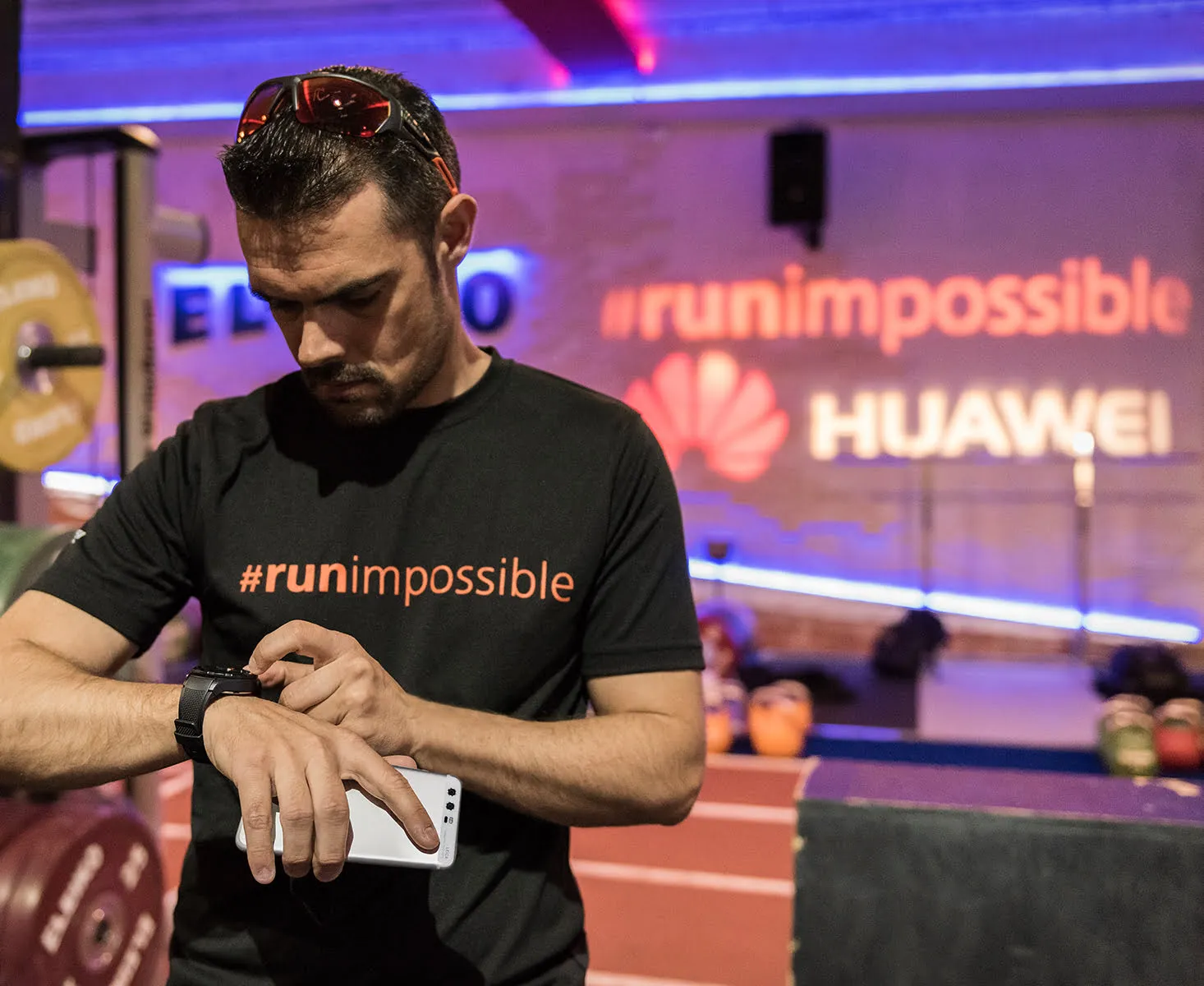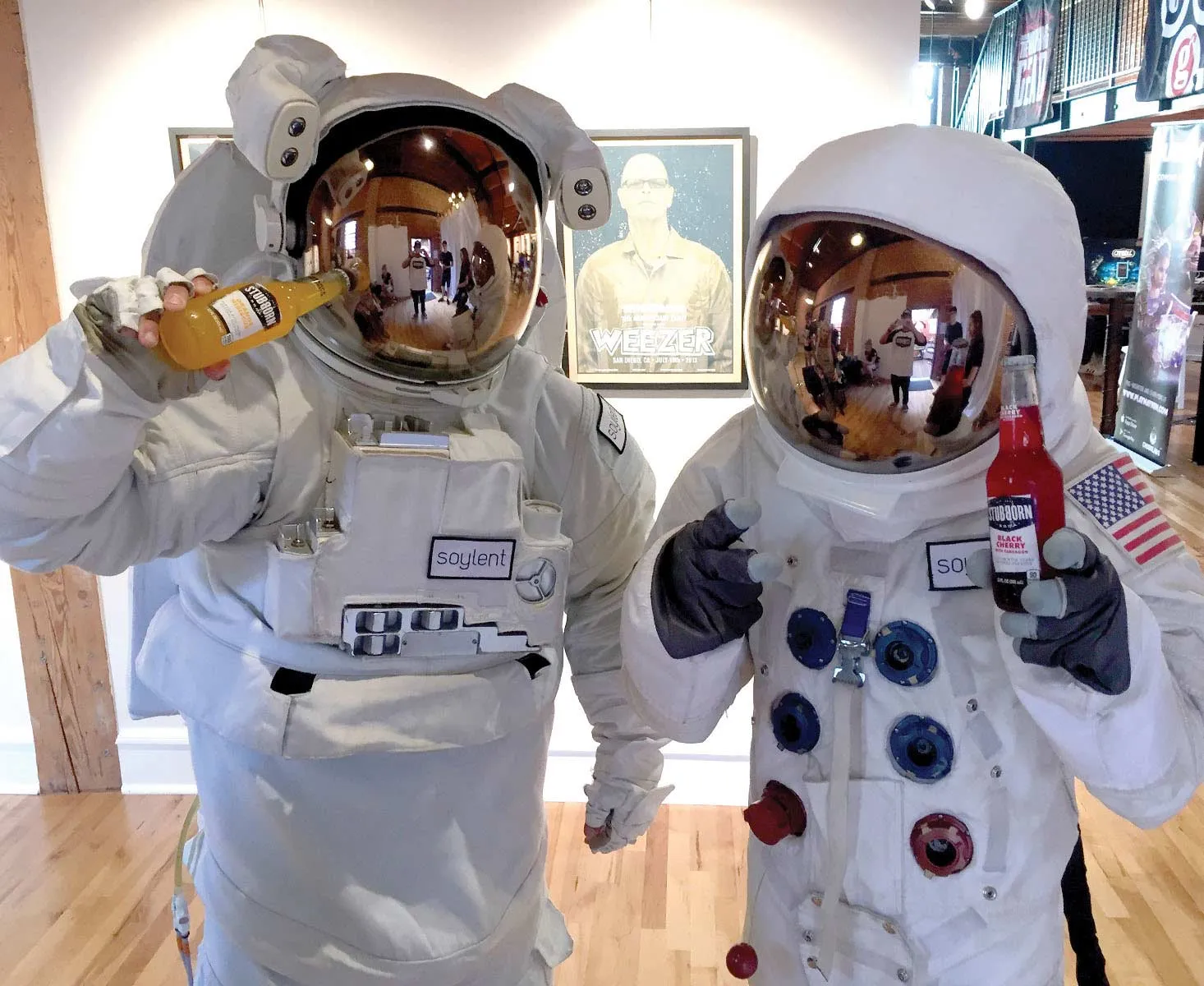Over the past few months, Fyre Festival has become more than a meme or a trope. It is the ultimate professional disaster; the wreck that we can’t stop pulling over to gawk at. Everyone from Business Insider to E-Online has reported on the festival (the latter in an attempt to give Ja Rule a platform to tell his side of the tale, because, you know, someone had to).
As a brand activation agency, we use festival environments everyday as a way for our clients to connect with consumers. And as festival attendance across the world continues to rise, new “it” events consequently emerge. Choosing the right one for your brand leaves many companies eager to align with what’s cool, but apprehensive about committing to something that’s not proven – or worse. Like Fyre.
Thanks to Hulu and Netflix’s widely-viewed documentaries, we’ve seen the Fyre debacle through the eyes of Billy McFarland and his “team” and we’ve seen it through the eyes of the stunned event-goers who arrived to a field of FEMA tents. Because of the fresh hype that has been stirred up by the films, our team took a look back at the leaked Fyre Festival pitch deck . The document provides a shocking glimpse at how the fiasco first came to life, seen through the eyes of those that fell into the trap of sponsoring one of the biggest cons in history. Our team couldn’t help ourselves, so we dove in. Here, our team lists 4 key takeaways from the deck that we see as red flags – reasons we would have encouraged, or rather, begged our clients to pass on this one – long before the internet’s elite got stranded.
“Buzzwords like tribe, brand partner, synergy; all used in a “smoke and mirrors” attempt to conceal the lack of legitimate foundation.” – Will Hong, Head of Strategy
We all know now that the festival was the ultimate in “fake it before you make it.” Fyre Festival was created to prove the Fyre Media app worked, which is dizzying to think about. Very chicken or the egg.
I feel like the deck was successful for all the wrong reasons. It looked stylish, it included some pretty people, and had all the “right” business terms. But when evaluating a festival, whether as an investor or brand partner, those items don’t matter. There was no mention of timetables, marketing, or pre/during/post-event attendee engagement. Not only is there lipstick on this pig; they used foundation, mascara, and everything else they could find in the makeup drawer.
The singular strategy slide that refers to brand strategy is devoid of detail – in fact it is devoid of anything. It explains nothing of the how – to paraphrase, it says “we’ll think of something, then we’ll do it.” That’s not a strategy – that’s calling the sky blue.
The reason why the Fyre Festival deck seemed so light on strategy was simple – there wasn’t one.
“It was so unrealistic, you could literally smell the b.s.” – Anthony Caputo, Creative Director
The first thought I had when going through the deck is that feels like it is missing a section – the section that includes execution. Nothing in the deck provides detail on how this will be accomplished. In designing these decks every day, our team is tasked with telling a compelling story related to the opportunity, and in this case, the plot had critical holes.
Once we got to the influencer piece, things really started to feel fabricated. It was heavy in stock photography and seemed to have no original or influencer-curated content. The fact that they were new and had no credibility to draw from was one thing – the fact that they didn’t even seem to try to create an authentic deck was troubling. The truth is, it would be a miracle for an untested festival to achieve what took Coachella and other big names years to perfect. If it seems too good to be true…
Overall the deck felt like a cookie-cutter advertising industry pitch deck – the standard layout, aesthetic, and inspirational quotes. It is generic and clearly played into fantasy. It revealed the investor’s desire to be a part of the sexy, new thing, and the organizers fantasy in believing that they were bulletproof and could pull this off.
“Fyre put a spotlight on fundamental flaws in how we use influencer marketing.” – Kelly Springs-Kelley, Director of Marketing
Influencers play a prominent marketing role for many brands. They are perceived as real, accessible, and focused on their audiences in a way that traditional celebrities are not. But the reality is, that perception may be shifting. And Fyre is one big, high-profile example of why.
The Fyre deck devoted 5 pages to its “Fyre Starters,” influencers that it had identified to amplify its reach. It boasted about their networks, about Fyre’s impressions and social media views to date. And, in truth, this was the most honest part of the deck. They did have influencers onboard – but not in the way that most consumers thought. Many attendees bought tickets to the festival believing that they would be sipping cocktails with their favorite social media celebrity. In reality, the influencers were paid to advertise the event, with no apparent intention of showing up. There were even reports that Kylie Jenner received up to $250,000 for a single Instagram post.
Fyre revealed, on a large scale, the fragility of influencer marketing. If influencers can be bought and sold, can they also be authentic? If they can encourage people, tacitly or explicitly, to buy into something like Fyre, can they also be trustworthy?
Even despite changes in FCC regulations related to brand/influencer relationship disclosures, many consumers are seeing these people in a new light, which may signal danger for influencer marketing moving forward.
“This is not an investor deck – it is a marketing deck for consumers.” – Hogan Shrum, President
The deck kicks things off with several slides of suspiciously deliberate legal disclaimers, as though the organizers are making an effort to dispel objections. By hitting you over the head with these right out of the gate, it’s obvious they are seeking legitimacy and attempting to communicate that this enterprise is buttoned up. Not surprising having come from a group of overcompensating peacocks. They try to mask their inexperience with a tone that seeks to make the audience feel as though they are getting an “in” on the next big thing. But make no mistake, this should have set off alarms for any potential sponsor.
The only real numbers used in the deck were “impressions” via influencers. Despite the fact that I believe impressions are one of the least valuable metrics (I’ve seen thousands of things today that have inspired me to buy nothing), there is still no information related to the festival itself. This is not a deck that is showing any substance to potential stakeholders.
The quotes were nothing short of nonsense – there was no attribution or indication that the sentiments weren’t made up. Even their partner slide opens with the word “pending.“ I actually laughed out loud at that. How did the people who invested millions in funding not wonder why the other “sponsors” hadn’t actually committed to anything?
The longer one spends with the deck, the more transparent it becomes. Hindsight is always 20/20, but one thing is clear – this pitch deck is a free guide to virtually every warning sign your brand should look for when evaluating activation partners. Suckers beware!







